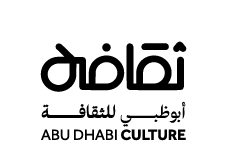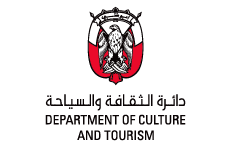Al-Sadu: Traditional Weaving Skills
The UNESCO-recognised traditional weaving technique in the United Arab Emirates is central to Bedouin culture
Al-Sadu is a traditional weaving technique of the United Arab Emirates and is central to Bedouin culture. In the resource-scarce lands of the Arabian Peninsula, the craft emerged from Bedouin ingenuity and resourcefulness. A traditional technique of weaving camel fur, goat hair or sheep wool into material for blankets, carpets, pillows, tents and the decoration of camel saddles and belts, Al-Sadu has been practised by Emirati women since ancient times.
Al-Sadu is an important element in United Arab Emirates culture and heritage and holds a place of honour in Emirati society, recognised for its essential role in Bedouin life and as an example of adaptation and creativity. The craft was also one of the most valuable economic contributions made by women and played a central role in the life of the community.
Because of Al-Sadu’s significance, it was inscribed in 2011 on the UNESCO List of Intangible Cultural Heritage in Need of Urgent Safeguarding.
Process
The Al-Sadu process begins with the cutting of the wool, fur or hair. It is then sorted according to colour and length. This material is then cleaned, by being blown and shaken to rid it of any plant matter, thorns, dust or soil. It is then soaked in hot or cold water three or more times, using soap or detergent powder for further cleaning. The material is then blown to break it up into smaller pieces.
Next, the hair, fur or wool is spun into yarn using a drop spindle and then dyed – often in bright colours – using local plants and spices. These include henna, turmeric, saffron, cactus and indigo. Traditional Al-Sadu colours are black, white, brown and beige.
The yarn is then woven on a floor loom made from the palm tree. When a large quantity of Al-Sadu material is required, such as for a tent or for use at a wedding, several looms are used.
Traditionally, weavers would gather in small groups to spin and weave these items, exchanging family news and occasionally chanting or reciting poetry, such as Al-Taghrooda.
Designs and motifs
With its diverse designs, decorations and bright colours, Al-Sadu is a heritage art form in which Emirati creativity is reflected in the most beautiful ways. Elements of the desert environment and other important aspects of Bedouin life are often incorporated into the Al-Sadu designs, as symbols, shapes or inscriptions. Al-Sadu not only provided shelter in the form of desert tents, but supplied home furnishings and accessories for horses and camels.
Common motifs include geometric patterns evocative of the region’s undulating grasslands, sand dunes and the waves of the Arabian Gulf. There are also symbols of palm trees, camels, sheep, falcons, dallah coffee pots and mosques while verses from the Holy Qur’an and wasem tribal symbols and names are also popular. Some motifs express specific ideals, such as the chain with overlapping rings, which symbolises tribal unity and cohesion.














